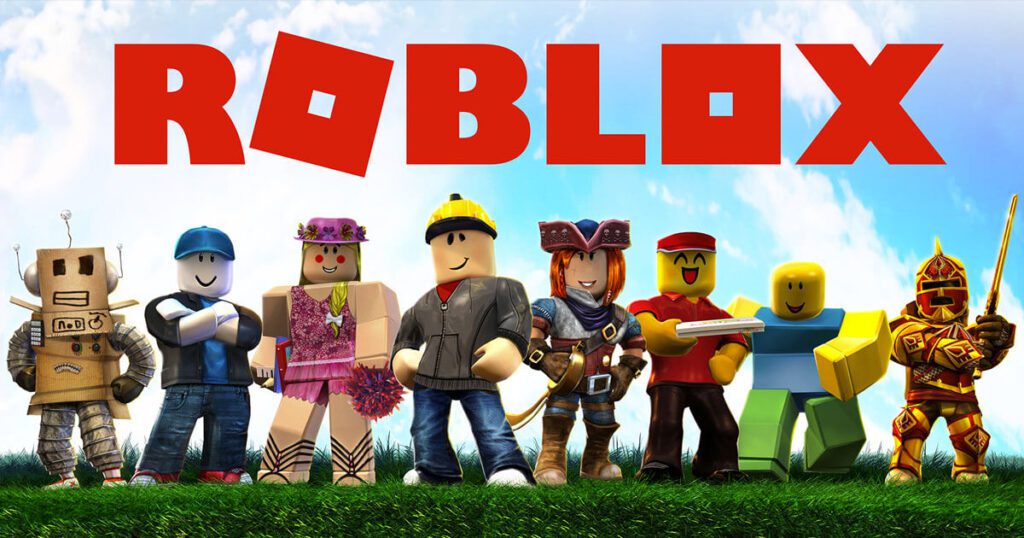Basic understanding
Creating games in Roblox can be a great way for kids to learn programming and game development concepts. Here’s a general outline of topics you might cover in a beginner’s course on coding games in Roblox:
Course Outline: Coding Games in Roblox for Kids
Module 1: Introduction to Roblox and Game Development Basics
- Overview of Roblox: Understanding what Roblox is and its game creation platform.
- Creating an Account: Setting up a Roblox account and understanding the user interface.
- Exploring the Roblox Studio: Navigating the Roblox Studio interface and basic tools.
Module 2: Getting Started with Lua Programming
- Introduction to Lua: Understanding what Lua is and its role in Roblox scripting.
- Scripting Basics: Learning about variables, data types, and basic scripting concepts.
- Creating and Running Scripts: Writing and executing simple scripts in Roblox Studio.
Module 3: Building Your First Roblox Game
- Planning Your Game: Defining the game idea, mechanics, and goals.
- Setting Up the Game Environment: Placing objects, creating terrain, and designing the game world.
- Scripting Player Controls: Implementing basic movement and interaction controls for the player character.
Module 4: Adding Interactivity and Game Elements
- Creating Objects: Adding interactive objects like buttons, switches, and collectibles.
- Event Handling: Writing scripts to respond to player interactions and trigger events.
- Adding Sound and Effects: Incorporating audio and visual effects to enhance the game experience.
Module 5: Gameplay Mechanics and Challenges
- Implementing Challenges: Creating obstacles, puzzles, and challenges for players to overcome.
- Scoring and Progression: Tracking player progress, implementing scoring systems.
- Game Logic: Developing the logic for win/lose conditions and game over scenarios.
Module 6: Multiplayer and Social Features
- Introduction to Multiplayer: Exploring the basics of multiplayer game design.
- Player Interaction: Allowing players to interact with each other in the game world.
- Chat and Communication: Adding chat functionality and communication features.
Module 7: Polishing and Publishing Your Game
- Testing and Debugging: Identifying and fixing issues in your game.
- Game Optimization: Improving game performance and reducing lag.
- Publishing Your Game: Uploading your game to the Roblox platform and making it available to others.


